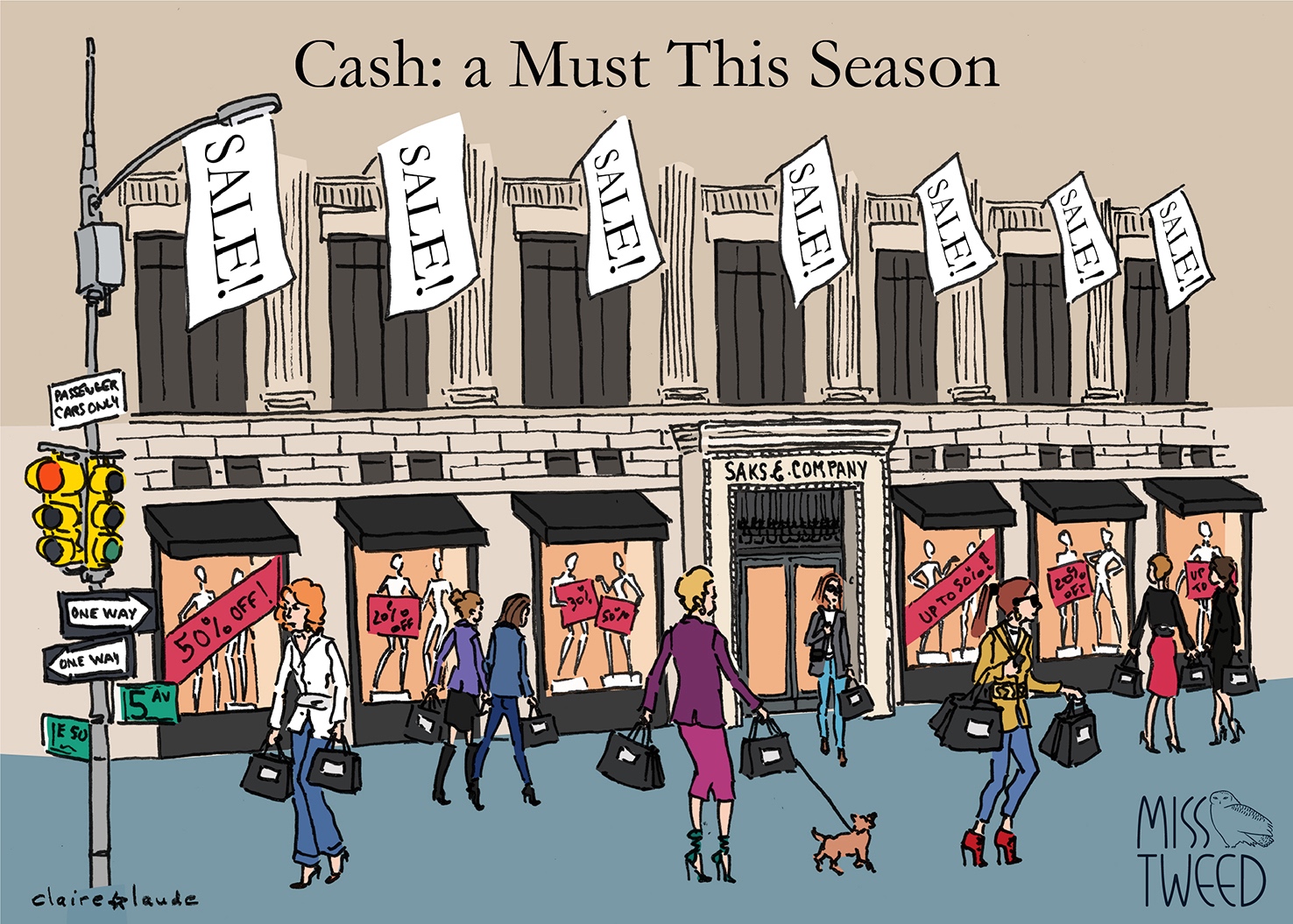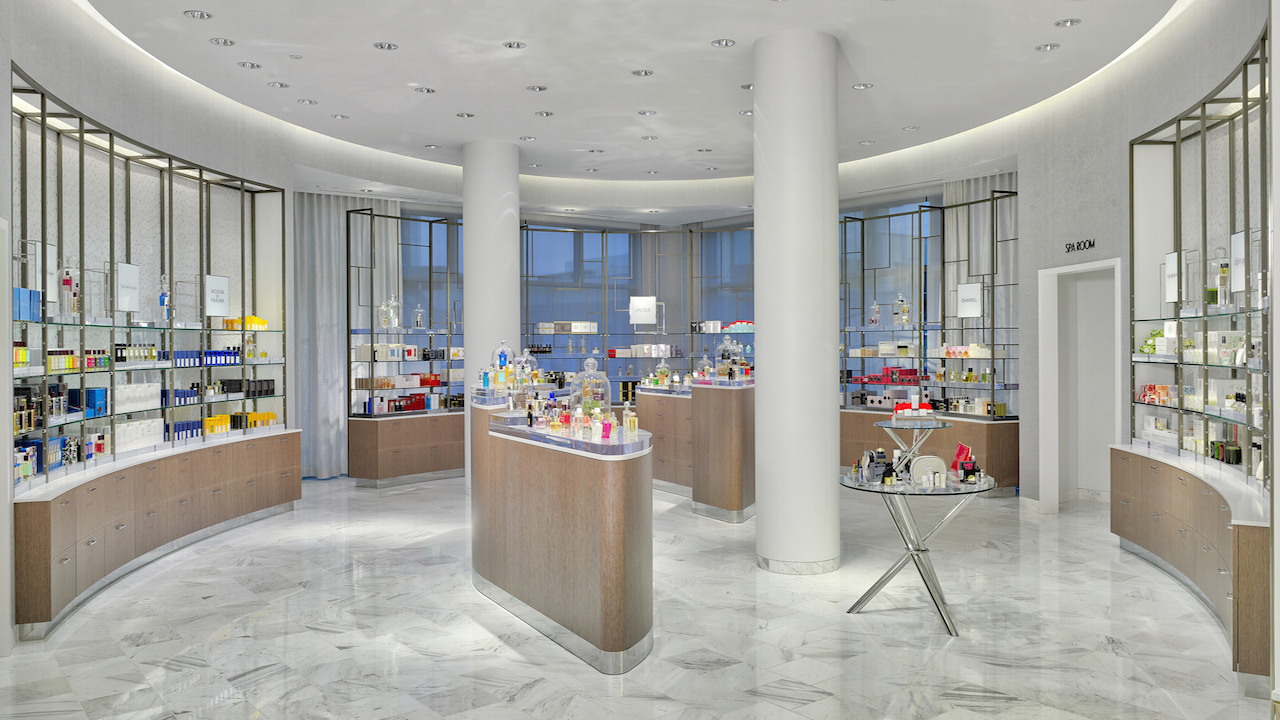Saks Fifth Avenue’s Acquisition of Neiman Marcus

Saks Fifth Avenue’s acquisition of Neiman Marcus, completed in 2023, was a strategic move that aimed to strengthen the combined entity’s position in the luxury retail sector. The acquisition created a formidable competitor with a significantly expanded customer base, enhanced brand portfolio, and increased geographic reach.
Competitive Landscape and Market Position
The combined Saks Fifth Avenue and Neiman Marcus entity now boasts a larger market share, with a significant presence in key luxury retail markets across the United States. The merger has also diversified the combined entity’s customer base, as Saks Fifth Avenue has a stronger presence in urban areas while Neiman Marcus has a stronger presence in suburban and resort markets.
Synergies and Challenges
The acquisition is expected to generate significant synergies through cost savings and revenue growth. By combining their operations, the companies can reduce redundancies and leverage their combined scale to negotiate better terms with suppliers. Additionally, the merger is expected to drive revenue growth by expanding the combined entity’s product offerings and increasing its customer reach.
However, the merger also presents some challenges. Integrating the two companies’ operations and cultures will require careful planning and execution. Additionally, the combined entity will face increased competition from other luxury retailers, both online and offline.
Impact on the Luxury Retail Market: Saks Buying Neiman Marcus

Saks buying neiman marcus – The merger of Saks Fifth Avenue and Neiman Marcus has sent shockwaves through the luxury retail industry. This union creates a formidable entity with a combined revenue of over $10 billion, solidifying its position as a dominant player in the market. The implications of this merger are far-reaching, affecting pricing, product offerings, customer experience, and the competitive landscape.
Pricing
One of the most significant impacts of the Saks-Neiman Marcus merger is on pricing. The combined entity now has a wider product portfolio, which allows it to offer a more extensive range of price points. This could lead to increased competition among luxury retailers, as they strive to match or undercut the prices offered by Saks Fifth Avenue and Neiman Marcus. Additionally, the merger could result in higher prices for certain products, as the combined entity may have greater market power and reduced competition.
Product Offerings
The merger also has implications for product offerings. Saks Fifth Avenue and Neiman Marcus have distinct brand identities and customer bases. By combining their resources, the merged entity can offer a more comprehensive range of products, catering to a wider audience. This could include expanding into new product categories, offering exclusive collaborations, and introducing new brands to their customers.
Customer Experience
The Saks-Neiman Marcus merger could also impact the customer experience. The combined entity will have a larger network of stores and a more extensive online presence. This could provide customers with greater convenience and access to a wider range of products. Additionally, the merger could lead to improved customer service, as the combined entity may have more resources to invest in training and support for its employees.
Opportunities and Threats to Other Luxury Retailers, Saks buying neiman marcus
The merger of Saks Fifth Avenue and Neiman Marcus presents both opportunities and threats to other luxury retailers. Smaller luxury retailers may face increased competition, as the combined entity has a larger market share and greater resources. However, the merger could also create opportunities for smaller retailers to differentiate themselves by offering unique products or experiences that the combined entity cannot provide.
Customer Perspectives and Marketing Strategies
The Saks-Neiman Marcus merger presents significant implications for customer segments and marketing strategies. Understanding these dynamics is crucial for both companies to maintain loyalty and capitalize on the opportunities created by the merger.
The merger will primarily affect high-end luxury consumers who frequent both Saks Fifth Avenue and Neiman Marcus. These customers are likely to be affluent individuals with discerning tastes and a preference for premium brands. The merger creates a formidable luxury retail powerhouse that offers an expanded product assortment and a more extensive geographic reach.
Customer Loyalty and Brand Perception
The merger may impact customer loyalty in both positive and negative ways. Some customers may appreciate the wider selection and enhanced shopping experience, leading to increased loyalty. However, others may be concerned about potential changes in brand identity or service levels, which could result in decreased loyalty.
To mitigate potential negative impacts, Saks and Neiman Marcus must carefully manage the integration process and communicate effectively with their customers. They should emphasize the benefits of the merger, such as the expanded product offerings and enhanced customer service, while addressing any concerns or apprehensions.
Marketing Strategies
The merger presents opportunities for innovative marketing strategies that capitalize on the combined strengths of Saks and Neiman Marcus. Here are some key strategies to consider:
- Cross-promotion and Collaboration: Saks and Neiman Marcus can cross-promote each other’s products and services, leveraging their respective customer bases and brand identities.
- Loyalty Programs and Rewards: The merger allows for the creation of a unified loyalty program that rewards customers for shopping at both Saks and Neiman Marcus, incentivizing cross-shopping and increasing customer retention.
- Personalized Marketing: By combining customer data from both companies, Saks and Neiman Marcus can develop more personalized marketing campaigns that target customers based on their preferences and shopping history.
- Experiential Marketing: The merger creates opportunities for unique and memorable customer experiences, such as exclusive events, trunk shows, and in-store activations that enhance brand engagement and foster customer loyalty.
By implementing these strategies effectively, Saks and Neiman Marcus can navigate the changing customer landscape, address potential challenges, and capitalize on the merger’s opportunities to strengthen their position in the luxury retail market.
Saks’ acquisition of Neiman Marcus brought together two luxury retail powerhouses. The merger created a formidable presence in the industry, with Neiman Marcus’ strong foothold in the San Francisco Bay Area being a key factor. Neiman Marcus San Francisco is a beloved destination for discerning shoppers, offering an unparalleled selection of designer brands and exceptional customer service.
The integration of Neiman Marcus San Francisco into Saks’ portfolio further solidified the company’s position as a leader in luxury retail.
Saks’ acquisition of Neiman Marcus, a strategic move to bolster its luxury retail presence, has sent ripples through the industry. Investors are eagerly watching saks stock as the company navigates the integration process and seeks to unlock the potential synergies of this merger.
While the long-term implications remain to be seen, the deal has undoubtedly raised the stakes for Saks in the competitive luxury retail landscape.